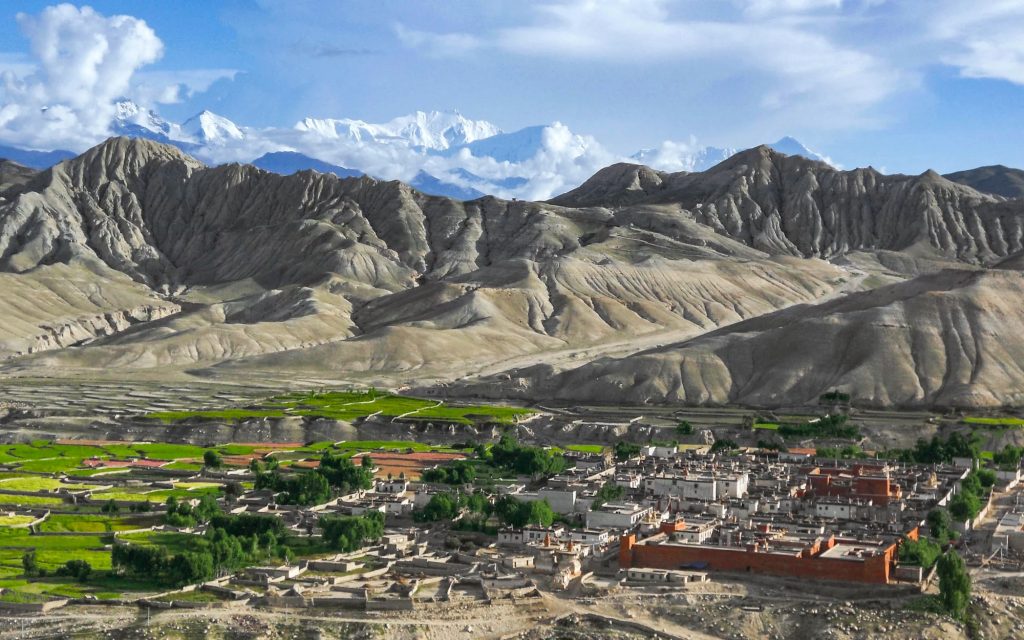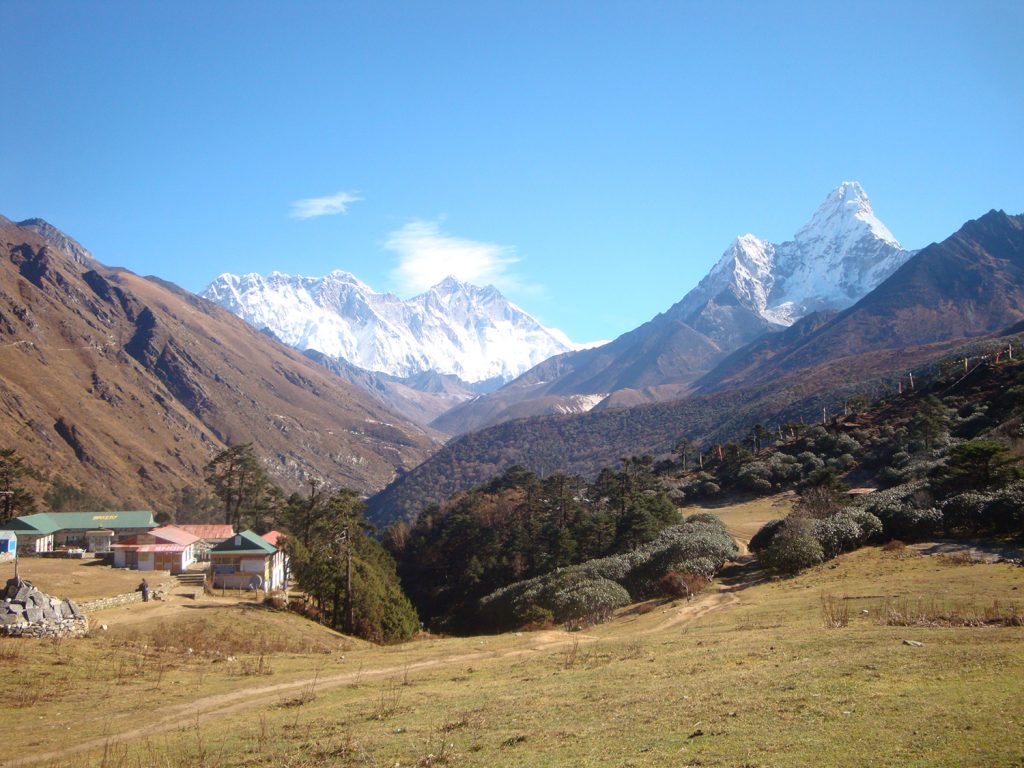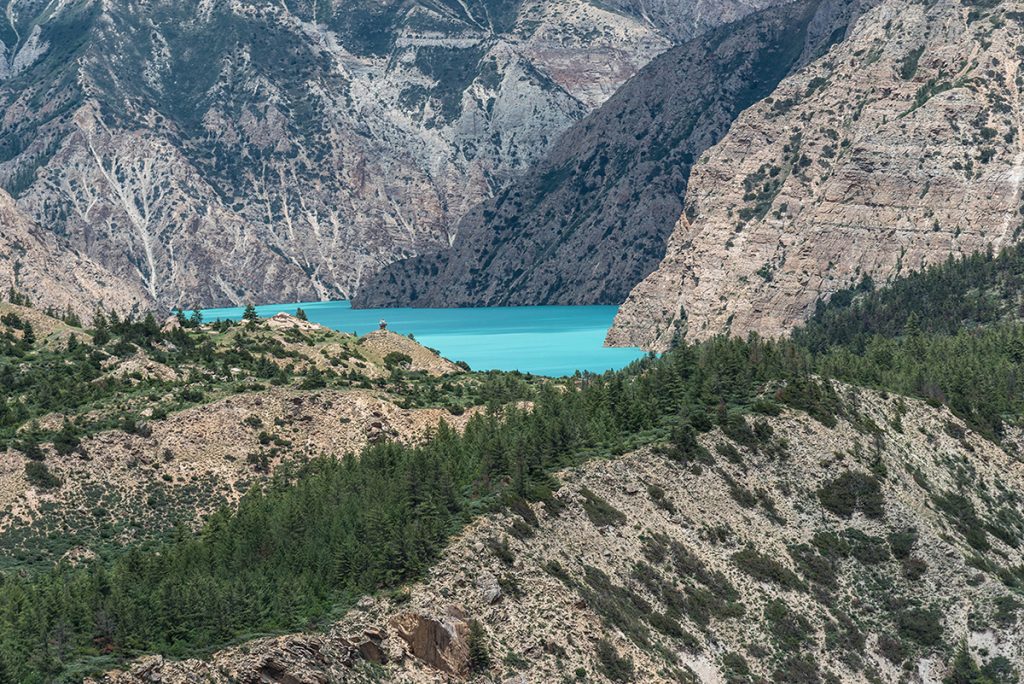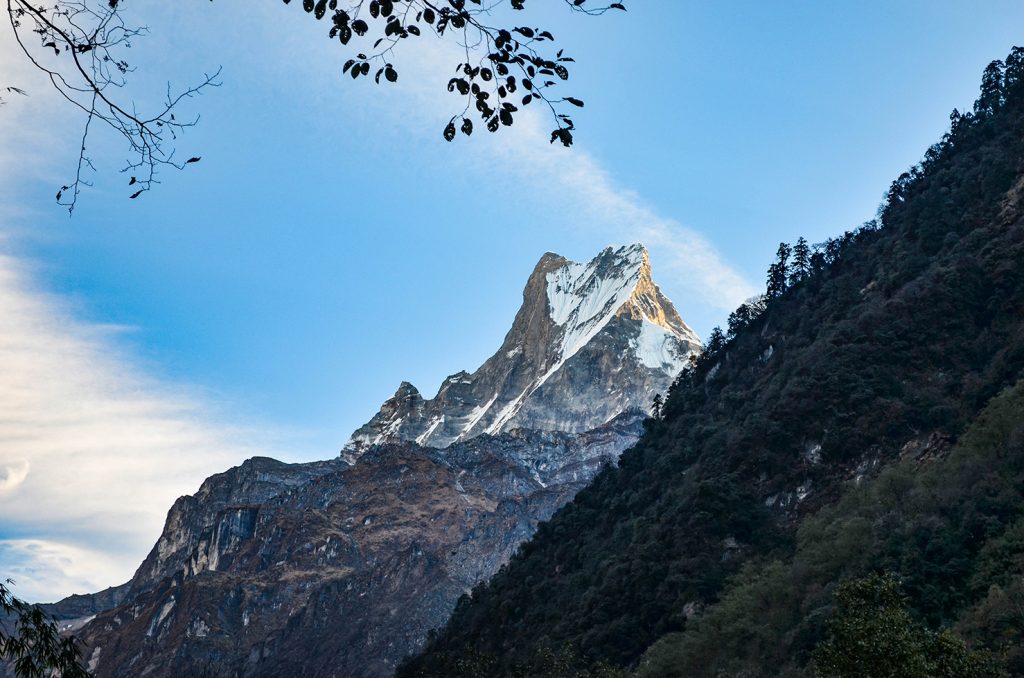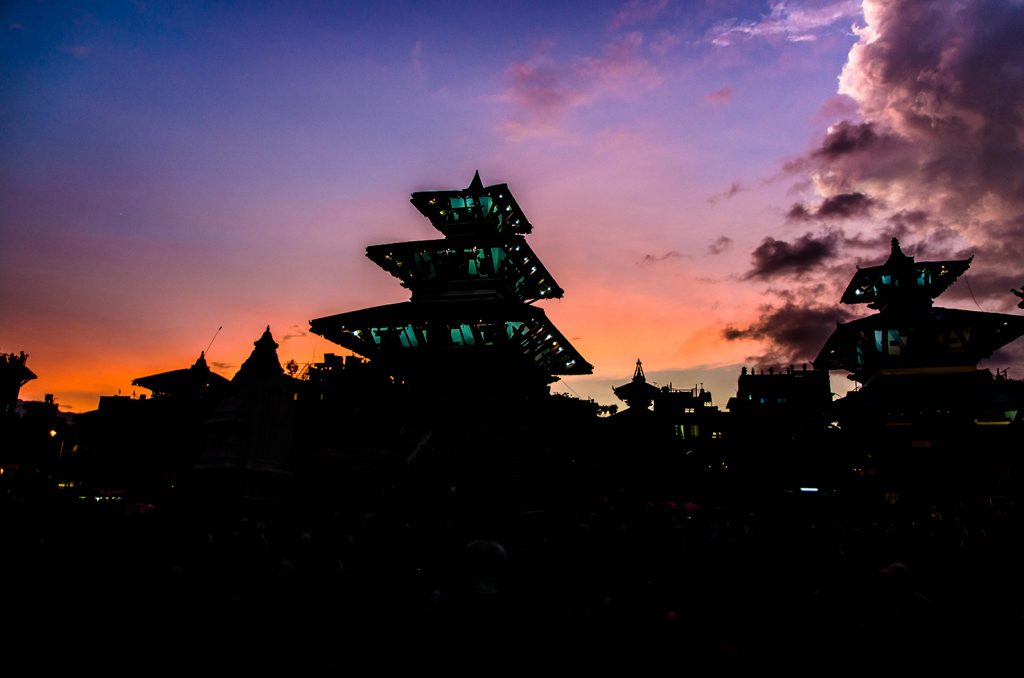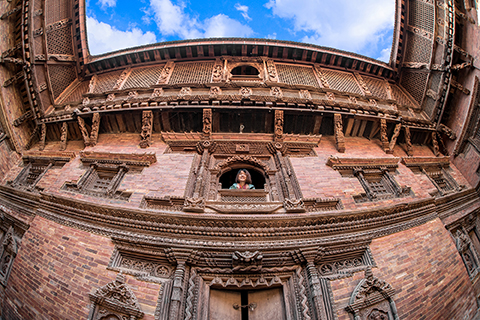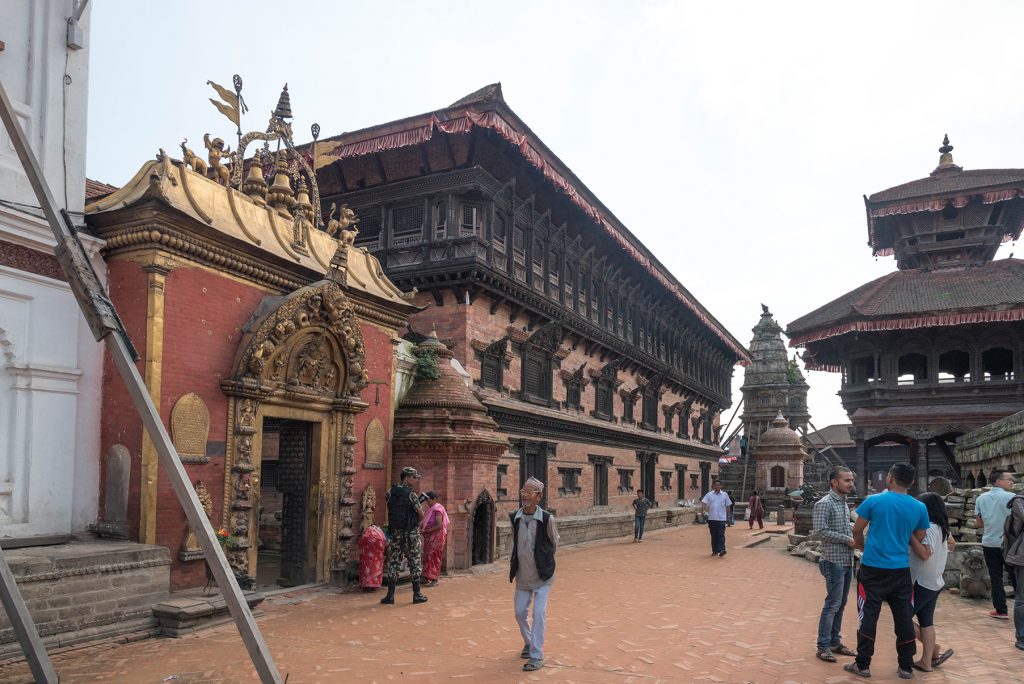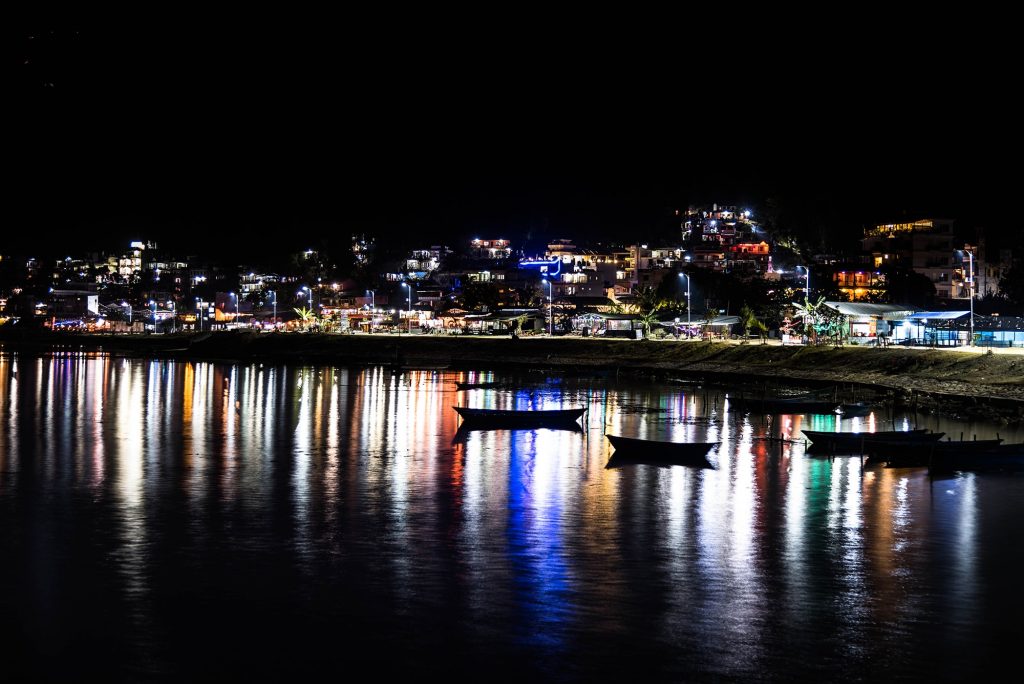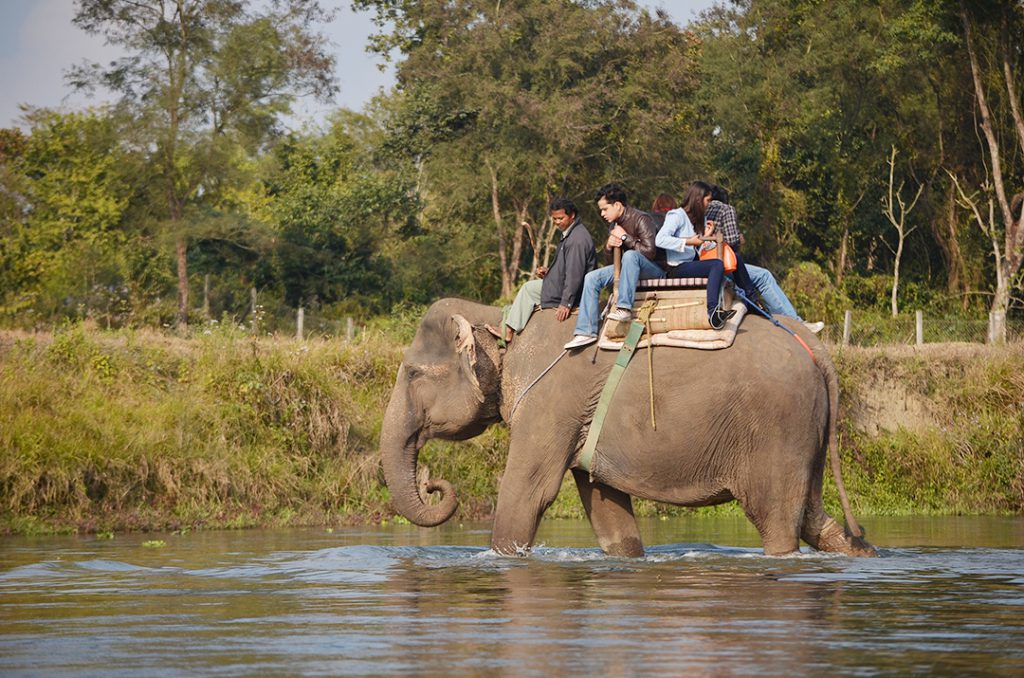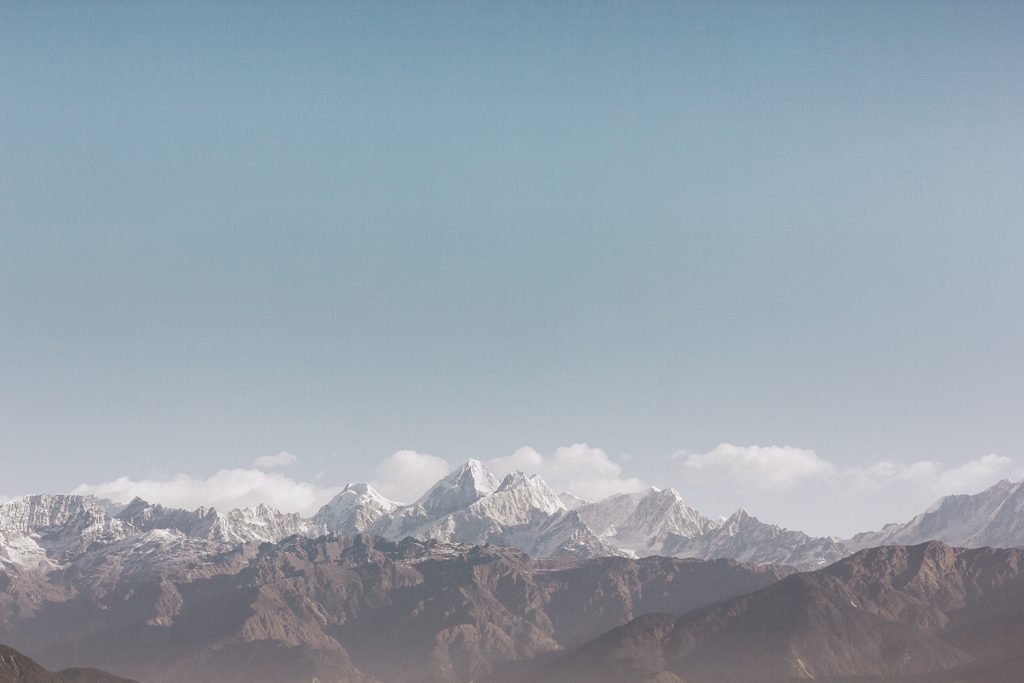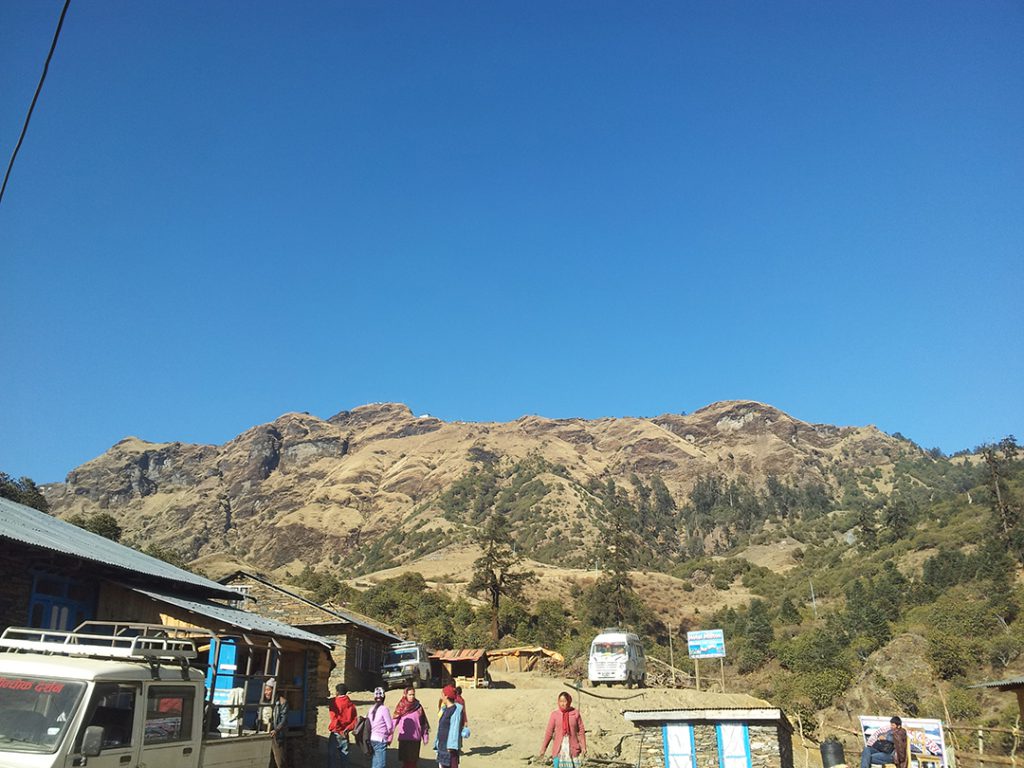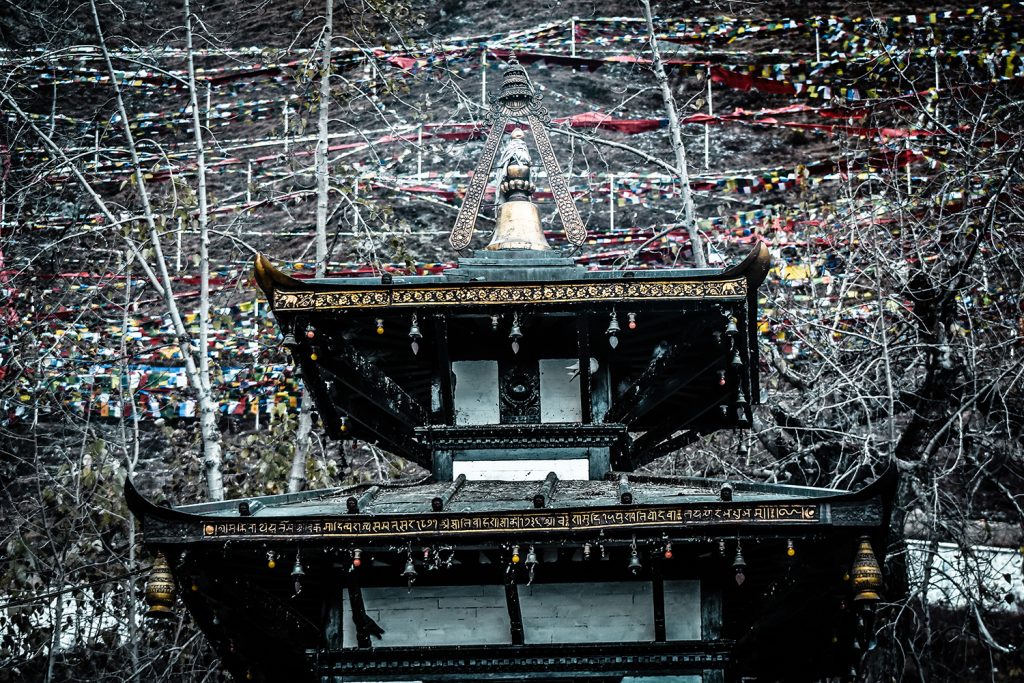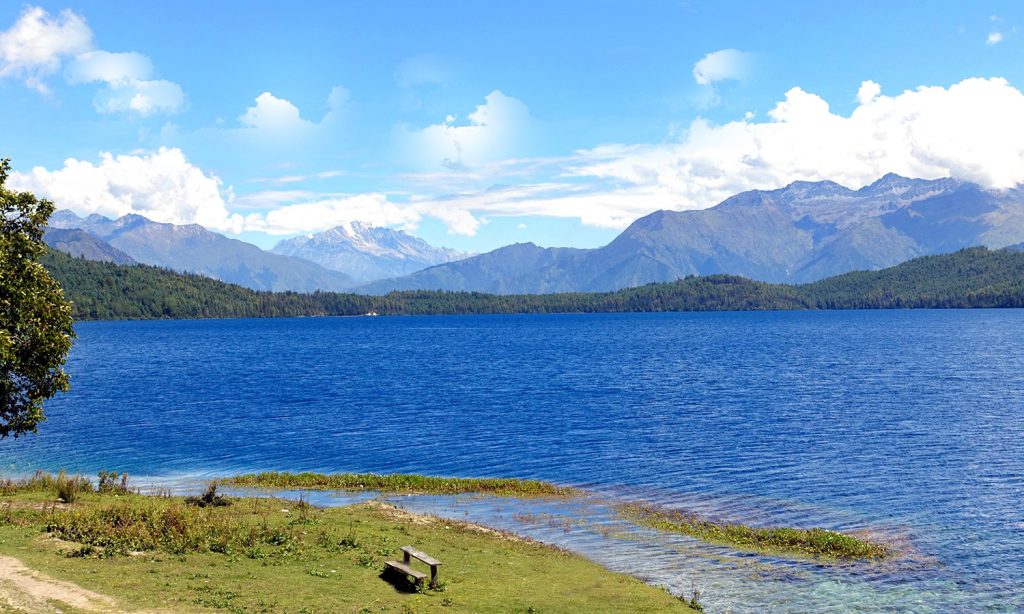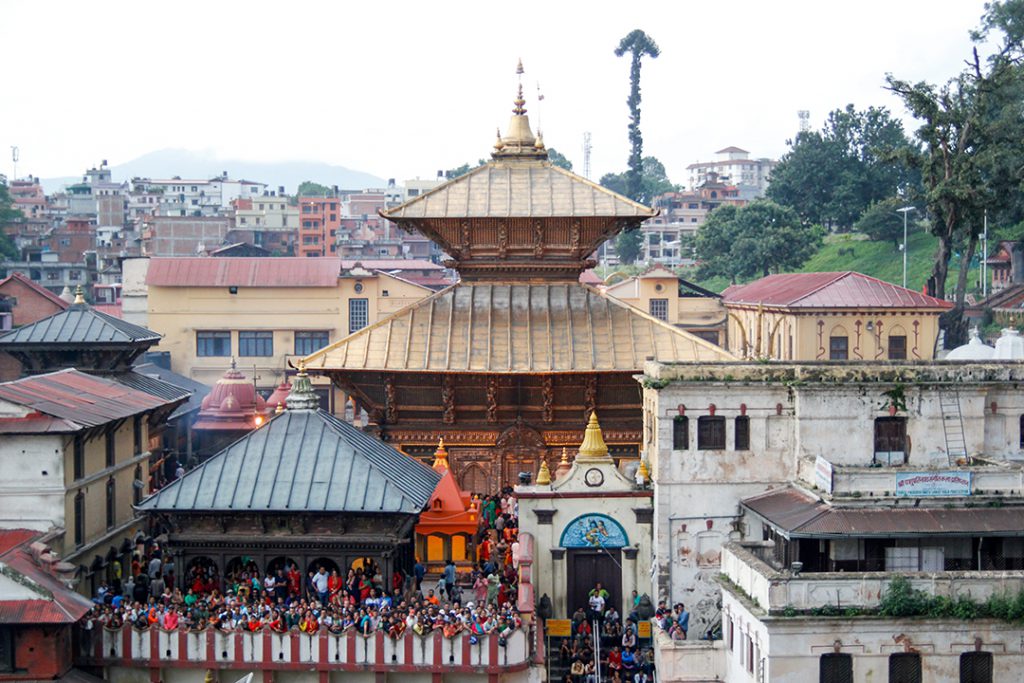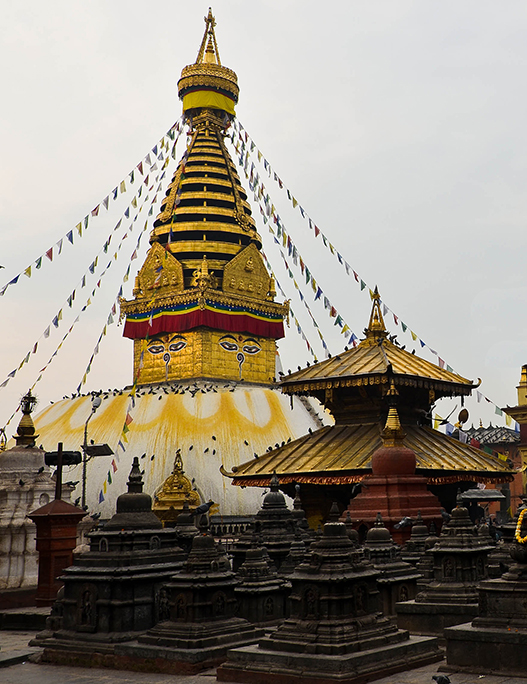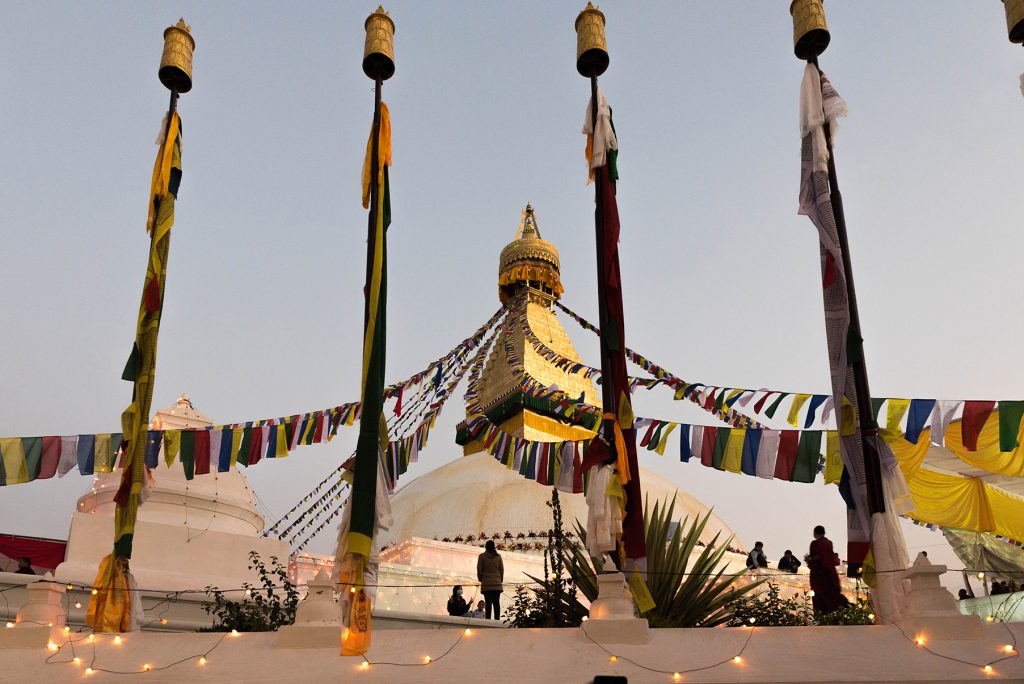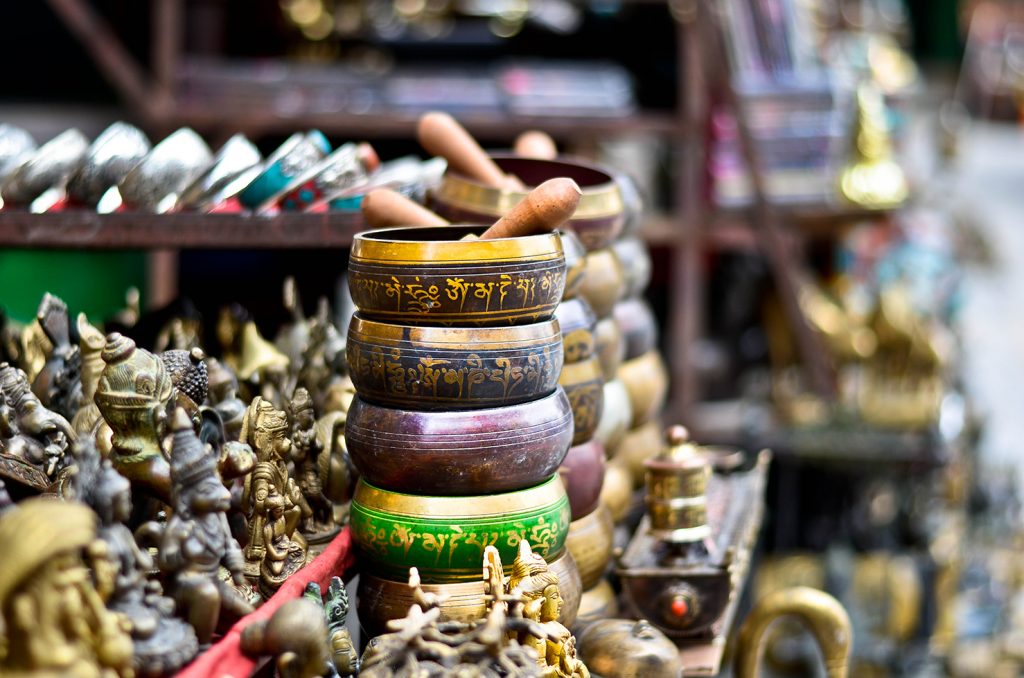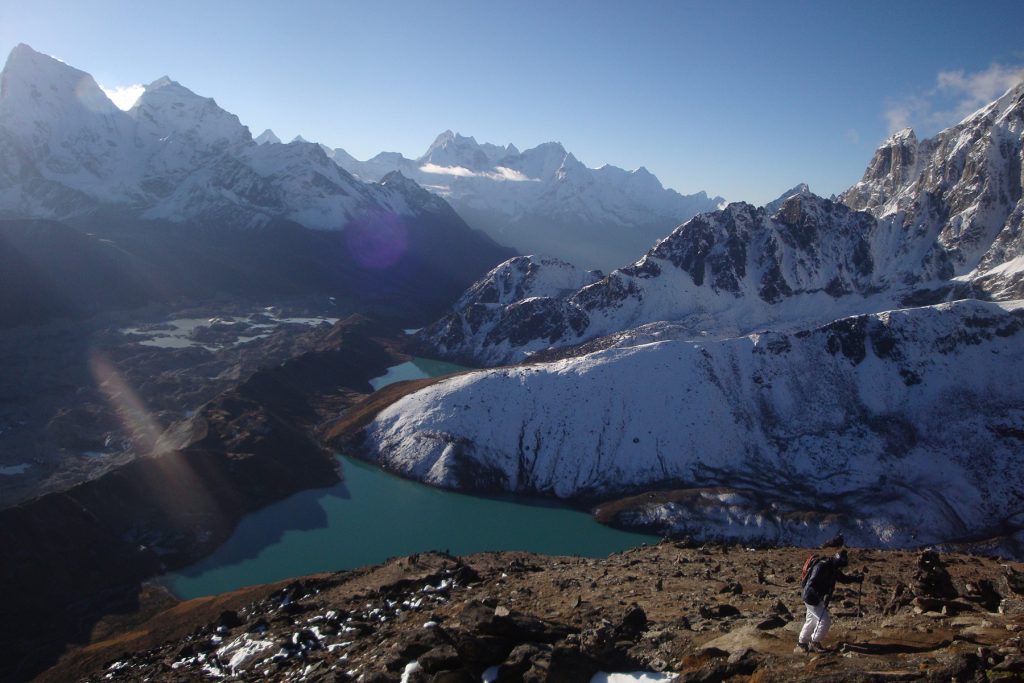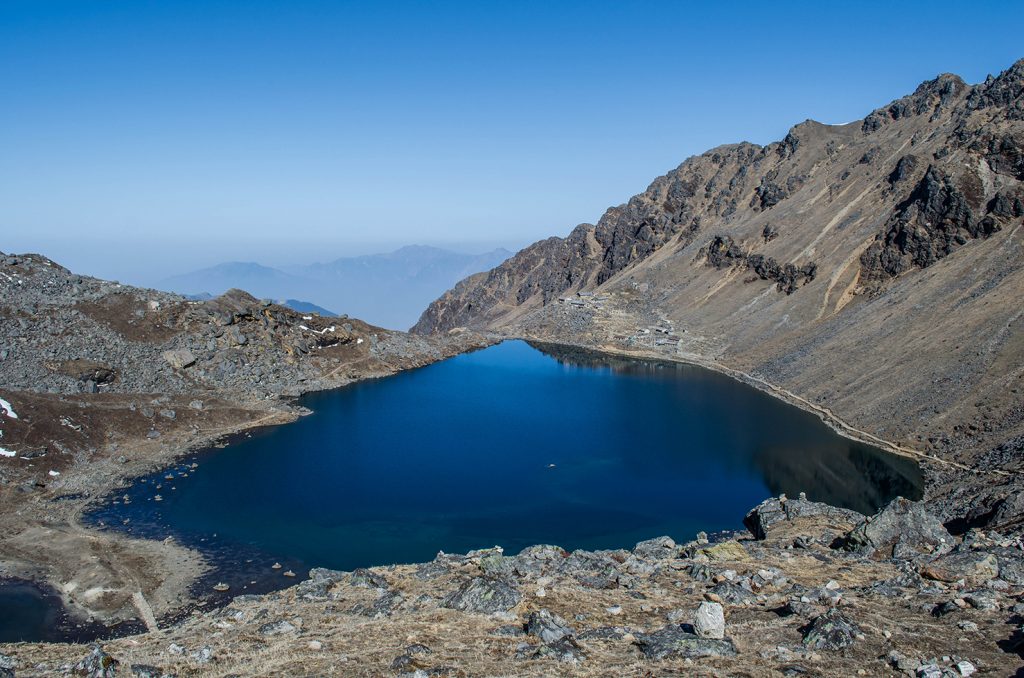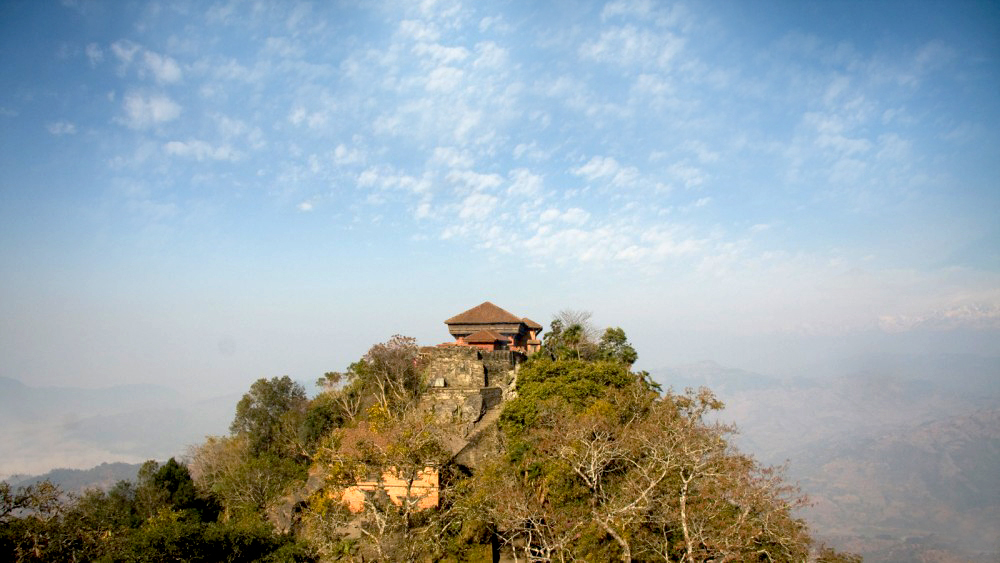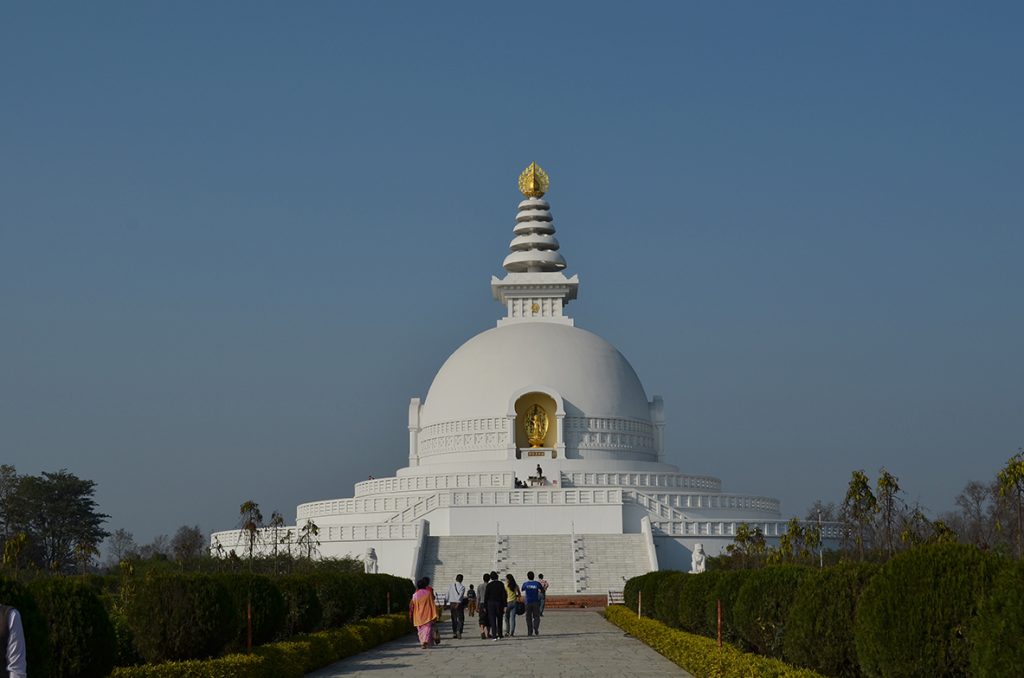
Lumbini is a Buddhist pilgrimage site in the Rupandehi District of Nepal where Queen Maya Devi gave birth to Siddhartha Gautama in 623 BCE. Siddhartha Gautama, who achieved Enlightenment became Lord Gautama Buddha and founded Buddhism. Lumbini is one of the center of attraction for pilgrimage that sprang up in places pivotal to the life of Gautama Buddha. It is listed in the World Heritage Site status by UNESCO in 1997. Lumbini has a number of temples within its premise. There are many pilgrimage sites, museum, monuments in Lumbini.
Maya Devi Temple
The most important temple at Lumbini is the Maya Devi Temple, which enshrines the traditional site of the Buddha’s birth.The temple stands adjacent to a sacred pool known as Puskarini and a sacred garden. It is the place where in the garden Gautam Buddha was born in 623 BC. The Maya Devi temple is surrounded by the brick foundations of ancient temples and monasteries.
In the sacred pond beside the temple Maya Devi used to take bath before giving birth to the Buddha and even Buddha had his first bath.
The Ashoka Pillar
Another important aspect of Lumbini is the Ashoka Pillar with its Pali inscription in Brahmi script. It is located close to the Indian border. It is one of many stone pillars built by the Indian Emperor Ashoka during his reign in the 3rd century BC. It is protected by a small fence, which is decorated with prayer flags and banners from the faithful. Around the courtyard containing the pillar are bowls for incense sticks, and there is room to sit in front of the pillar for contemplation.
The Bodhi Tree
The Bodhi tree which is one of the most colorfully decorated sights in Lumbini. It is famous for its relation to an ancient fig tree and is characterized by the heart-shaped leaves it possesses. The term was given to the tree in relation to the Bodhi Tree where Lord Buddha achieved enlightenment in India.
More Around Lumbini
Next in line is the International Gautami Nuns Temple which is a replica of the Swayambhu Stupa of Kathmandu. This Nun is made by the Government of Nepal representing Nepali temple in Lumbini.
Royal Thai Buddhist Monastery, World Peace Pagoda and other various monasteries along with the Flame of Eternal Peace are other major places to visit in Lumbini. The flame has been burning since 1986.
Additionally there are the excavated remains of Buddhist viharas (monasteries) of the 3rd century BC to the 5th century AD and the remains of Buddhist stupas (memorial shrines) from the 3rd century BC to the 15th century AD. The site is now being developed as a Buddhist pilgrimage centre, where the archaeological remains associated with the birth of the Lord Buddha form a central feature.

